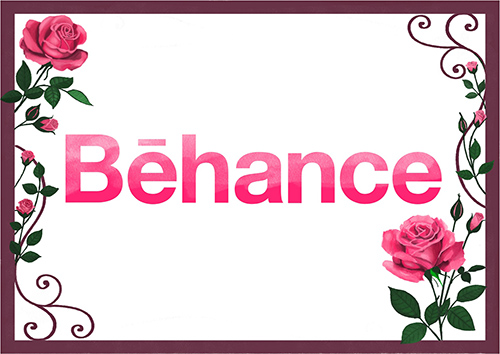
About two months ago, I visited the exhibition of the famous painter Hoca Ali Rıza, who is from Üsküdar. The exhibition took place at Nevmekan, located on the coast of Üsküdar. Among the thousands of paintings the artist created over a span of more than 100 years, a very special selection was displayed. As we walked through a bridge of artworks spanning from the past to the present, we felt as if we were bathing in art. That’s the best way I can describe it in my opinion.
Hoca Ali Rıza was born in 1858. Throughout his life, he lived in Üsküdar and painted scenes of Üsküdar and its surroundings, as well as some other places he visited. His passion for painting was so immense that he used to say, “If I were to be born again, I would still choose to be a painter.” It is said that he was incessantly creating new artworks on canvas, and when short of canvas, he would paint on papers, napkins, or any object that caught his eye.


While studying at Kuleli Military High School, along with a few of his friends who were also interested in painting, they submitted a petition to the Minister of Military Schools of that time, Edhem Pasha, to open an art studio at the school. As a result, they received painting lessons from Mehmet Nuri Pasha, appointed to the school. Their work was so well-received that Sultan Abdulhamid II awarded them with the Nişan-i Mecidi decoration. Over time, Hoca Ali Rıza went to France to study painting and returned to Istanbul where he received painting lessons from Miralay Süleyman Seyyid Bey, French painter Monsieur Gués, and Osman Nuri Pasha. In 1884, he graduated from the “Menşe-i Muallim” program of the Military Academy with the rank of Piyade Mülazım-ı Sani (Second Lieutenant) and was appointed as the assistant to his mentor, Osman Nuri Pasha.


A painter known not only for his artistry but also for his role as an educator, he prepared thirty model albums with examples to assist in art lessons at military schools, and these printed albums played a significant role in the spread of the painting in secondary education institutions. He also prepared albums for civilian schools.
In 1891, he participated in a team conducting research in the former capitals of the Ottoman Empire, documenting Turkish-Islamic artifacts in their notebooks. In 1895, while holding the rank of Kolağası (Major), he created porcelain designs at the Yıldız Porcelain Factory. That same year, he met Fausto Zonaro and conducted painting studies in Değirmendere. Examples of his paintings from Değirmendere are also featured in the exhibition.


He created paintings depicting the Turkish-Greek War. Upon the request of Mahmut Şevket Pasha, he participated in an album project that encompassed “Old Ottoman” costumes. In 1903, he was appointed to the commission responsible for the establishment of the Turkish Esliha-i Atika Museum, and in 1909, he worked for two years as the Chief Painter at the Harbiye Printing House.
Between 1909 and 1912, he became the President of the Ottoman Painters Society. In 1909, he organized an art exhibition at Üsküdar İskele Gazinosu. He played a role in the publication of the monthly magazine named Osmanlı Ressamlar Cemiyeti Gazetesi as the official publication of the society.


In 1910, he worked as a teacher in Şehzadegan, and in 1911, due to deteriorating health, he requested retirement from Harbiye Military Academy and retired as a Kaymakam (Lieutenant Colonel).
In the following years, Hoca Ali Rıza spent his time teaching painting. He provided education in various schools, including İnas Sanayi-i Nefise Mektebi, Çamlıca Girls’ High School, and Üsküdar Girls’ Industrial School. He endured financial difficulties throughout the years but was never voluntary to sell his paintings. He only gifted some of them to his loved ones.


Hoca Ali Rıza produced landscape paintings of extraordinary beauty through his elegant color selection, skillful brushstrokes that reveal texture, and the natural depiction of light and shadow. The way he created his paintings is been seen from close look than from photographs. The simplicity in his use of colors and the dominance of natural tones elevate the quality of his works to a highest level. It is so obvious that these are the works of a person who deeply loves art. His ability to see is so developed that it is reflected in the expression in his eyes. When looking at the photographs, I had the impression that they were directly looking at us from within the photograph. He started producing artworks about a century ago when classical art was just beginning to emerge in our country. He is said to have created impressionist works with a natural sense even before seeing impressionism artworks. Hoca Ali Rıza was a member of the Generation of Military Painters and a teacher of the 1914 Generation of painters. The exhibition didn’t have a large number of artworks, but the ones present were sufficient to showcase us Hoca Ali Rıza’s art in detail.








